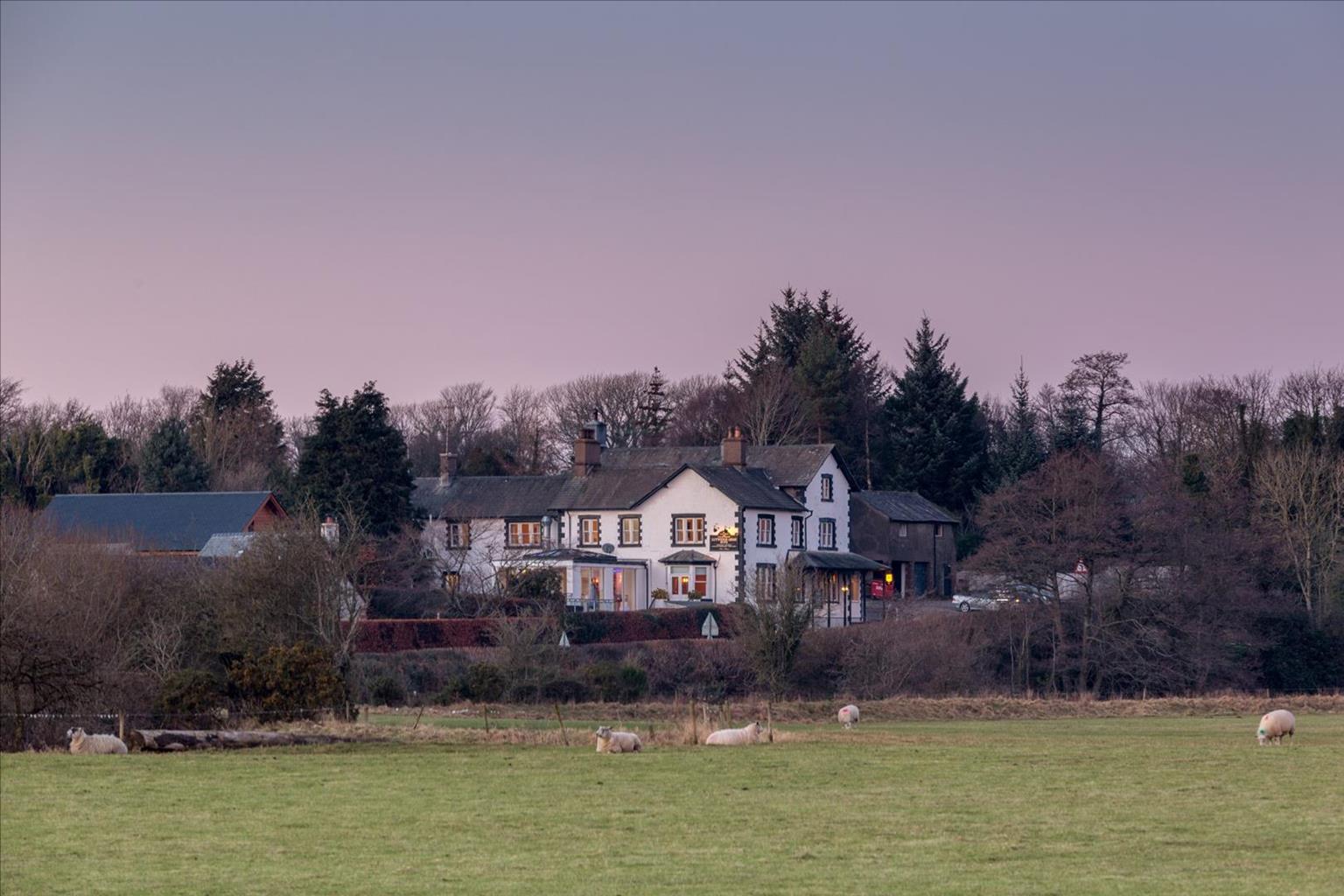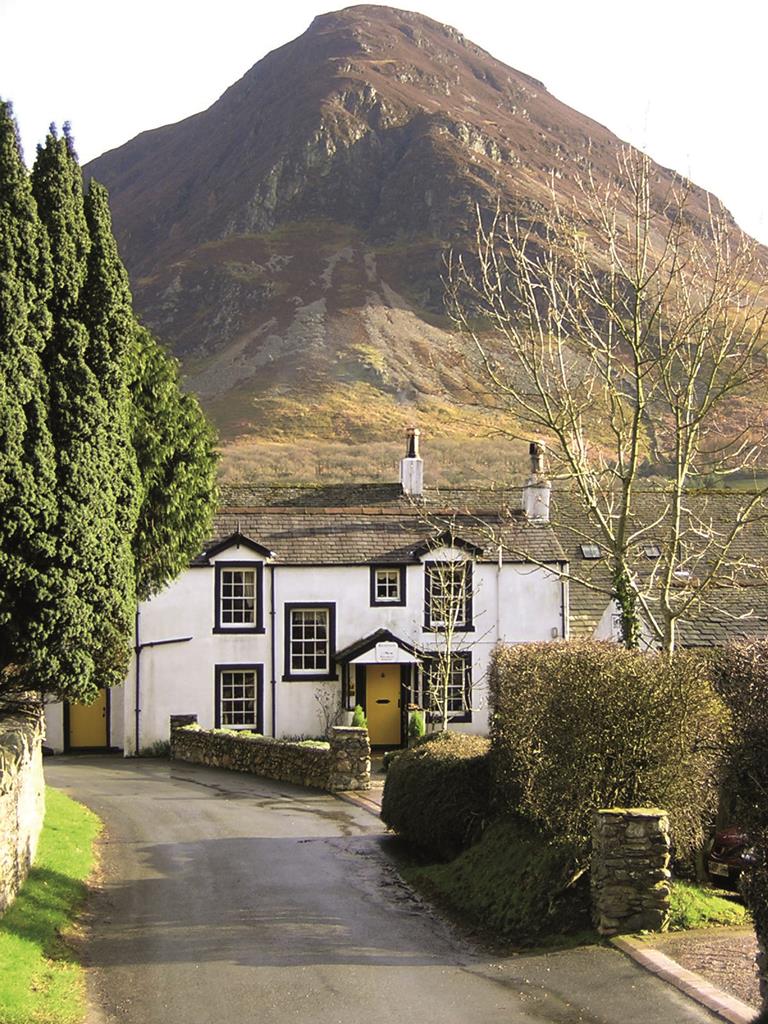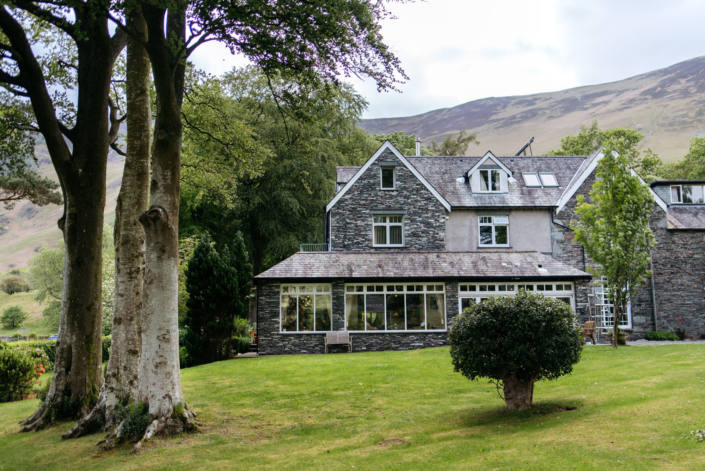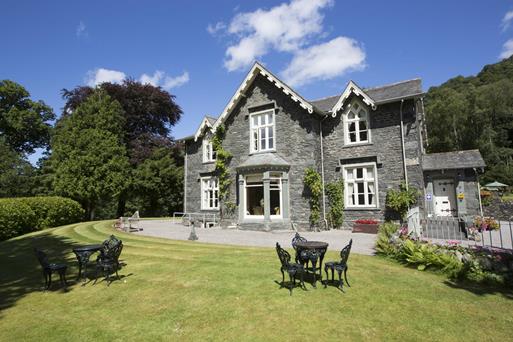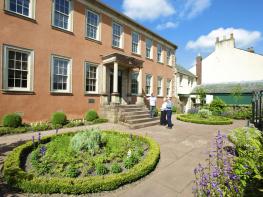Stone House Farm is a friendly, family run bed and breakfast in a large modernised Georgian…
Nannycatch Beck and its valley

A fine walk on the edge of Lakeland taking in one of Cumbria's lovely secret valleys.
9.5 miles (15.3kms)
About the walk
Cleator, Cleator Moor, Frizington and Rowrah are all rather gloomy places with rows of 19th-century terraced housing and telephone wires dangling across the street. This is where the last hills of Cumbria decline to the Ehen Valley, and, as forestry cloaks the slopes, it looks as though there’s nothing to keep the walker here. Yet those who’ve done Alfred Wainwright’s Coast to Coast walk, from nearby St Bees to Robin Hood’s Bay in North Yorkshire, know different. They’ve seen what lies beyond the first hill; the hidden valley and the clear, crystal stream that dances through it. They’ve seen Nannycatch.
Before the 1780s Cleator Moor was just that – a moor, untouched and windswept. But not far beneath those grasses were veins rich in haematite, a red iron ore, and the growing need for high-quality iron started a rush to equal that of the Klondyke. The Longlands Mine at Cleator first produced iron ore in 1879. Flooding from the River Ehen was always a problem and by 1924 the last pit closed. By the start of World War II, continued subsidence caused the flooding of the area now known as Longlands Lake. Cumbria County Council bought the site in 1980 and have added the footpaths at the start of the walk.
After taking the circular trip around the lake, the route follows the banks of the Ehen before climbing on Wainwright’s Coast to Coast walk through forests of pine and spruce. The path finally breaks free on the hilltop of Dent where it marches through wind-bent rushes, mosses and moor grass to a surprise view. Beyond the pale rounded hump of Lank Rigg the skyline is filled with Lakeland peaks, from Grasmoor and High Stile to the mighty crags of Sca Fell and Scafell Pike.
But it’s Nannycatch you’ve come to see, and you only get glimpses from here. Its beauty becomes evident when seen from the steep grassy hill slopes east of the forest. It’s hard to believe this little stream has cut such a deep craggy valley, but Nannycatch has a secret: when an ice sheet from the last ice age blocked what is now the Ehen Valley, it was Nannycatch Beck that drained Ennerdale.
Walk directions
Go over the suspension bridge at the back of the car park and turn right along the circular path around Longlands Lake. Back at the bridge, follow the east bank of the Ehen to Blackhow Bridge.
The path quickly swings away from the river. Keep to the enclosed track, following it round several bends. At Black How Farm turn right up the little lane and then cross the road to go through the gate opposite. Follow the forestry track uphill through Blackhow Wood.
After half a mile (800m), on drawing level with a gravel area on the right, leave the track for a waymarked path on the left. At another fingerpost, partially hidden by vegetation, turn right to follow a forest ride (or fire-break) up the hill. At the top of the plantation the path follows a fence and then the remains of a wall to the pile of rocks marking the west summit of Dent.
Follow the hilltop path over the next top, then through a gate and down a cleared area of Uldale Plantation. At a crossing of paths, go straight over, heading down towards the forest edge, and then left again along a wider track. Watch out for a tall ladder stile on the right – cross this for access to the open fell and that view of Nannycatch.
Return to the wide forestry track and turn left. Turn left again at a crossing of ways and descend the stony path that zig-zags steeply down into Uldale.
Turn left along the forestry track you meet in Uldale, and cross Kirk Beck. Turn left along another broad track and, almost immediately, go through the gate set back on the left. Recross Kirk Beck and follow the bridleway upstream to Nannycatch Gate. After going through a gate just beyond Raven Crag, ignore the public bridleway on the left and continue alongside Nannycatch Beck.
Turn left along the bottom of a dry valley to pick up a well-defined track heading west on the northern flanks of Flat Fell. The path veers left across the grassy slopes to reach a wider gravel path, along which you bear right. Then follow Nannycatch Road down to a T-junction. Turn left here and then left again along a quiet lane on the near side of Wath Bridge. When you get to Black How farm, retrace your steps to the car park, by the side of Longlands Lake.
Additional information
Well-defined paths and farm tracks, 4 stiles
Lake and riverside pastures, forest and moorland
Can run free through forest
OS Explorer 303 Whitehaven & Workington and OS Explorer OL4 The English Lakes (NW)
Free car park at Longlands Lake, Cleator
None on route
WALKING IN SAFETY
Read our tips to look after yourself and the environment when following this walk.
Find out more
Also in the area
About the area
Discover Cumbria
Cumbria's rugged yet beautiful landscape is best known for the Lake District National Park that sits within its boundaries. It’s famous for Lake Windermere, England’s largest lake, and Derwent Water, ‘Queen of the English Lakes'. This beautiful countryside once inspired William Wordsworth and his home, Dove Cottage, in Grasmere is a popular museum. Another place of literary pilgrimage is Hill Top, home of Beatrix Potter, located near Windermere. Tom Kitten, Samuel Whiskers and Jemima Puddleduck were all created here.
Much of Cumbria is often overlooked in favour of the Lake Distirct. In the south, the Lune Valley remains as lovely as it was when Turner painted it. The coast is also a secret gem. With its wide cobbled streets, spacious green and views of the Solway Firth, Silloth is a fine Victorian seaside resort. Other towns along this coastline include Whitehaven, Workington and Maryport. Carlisle is well worth a look – once a Roman camp, its red-brick cathedral dates back to the early 12th century and its 11th-century castle was built by William Rufus.
Nearby stays
Restaurants and Pubs
Nearby experiences
Recommended things to do
Why choose Rated Trips?
Your trusted guide to rated places across the UK
The best coverage
Discover more than 15,000 professionally rated places to stay, eat and visit from across the UK and Ireland.
Quality assured
Choose a place to stay safe in the knowledge that it has been expertly assessed by trained assessors.
Plan your next trip
Search by location or the type of place you're visiting to find your next ideal holiday experience.
Travel inspiration
Read our articles, city guides and recommended things to do for inspiration. We're here to help you explore the UK.

